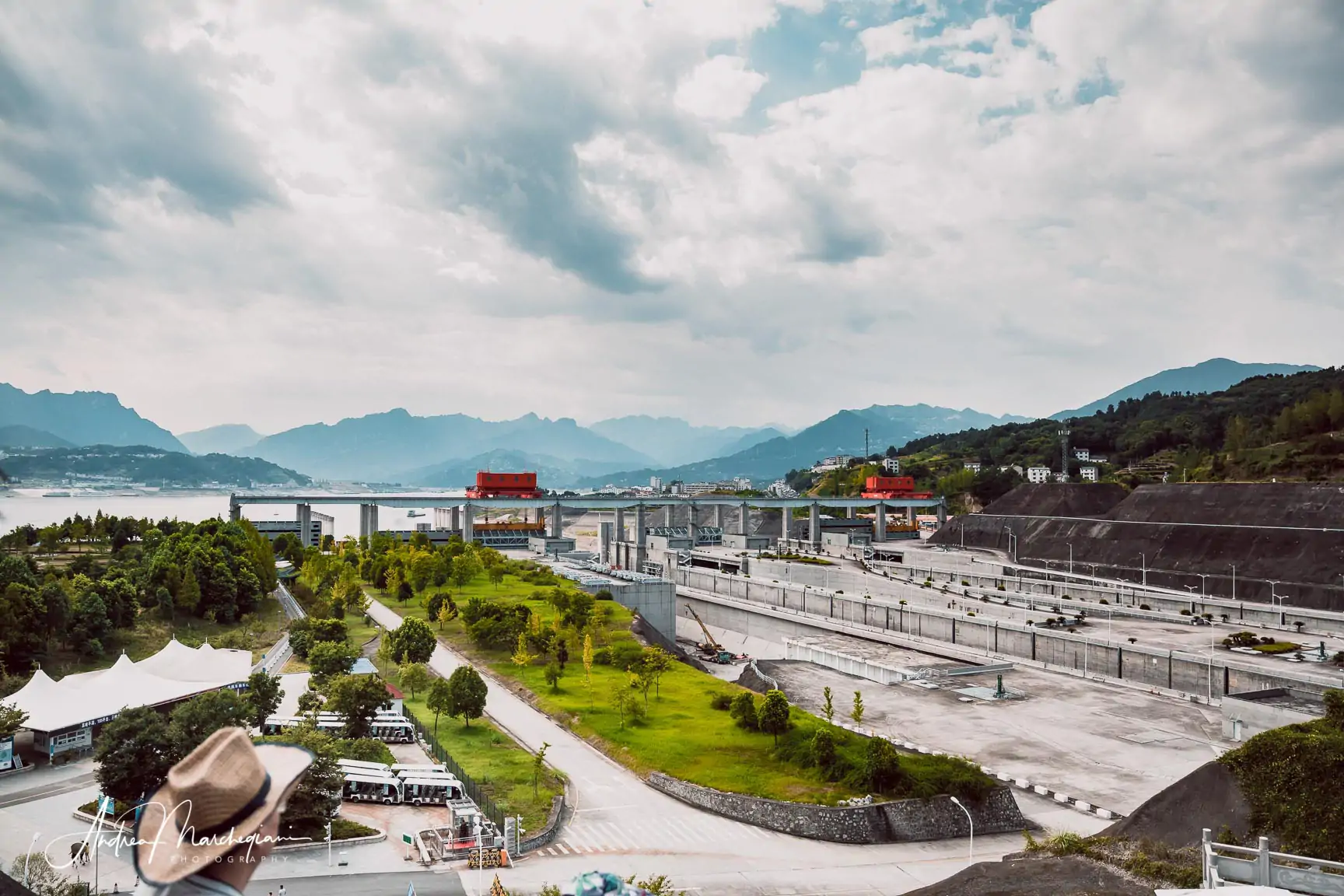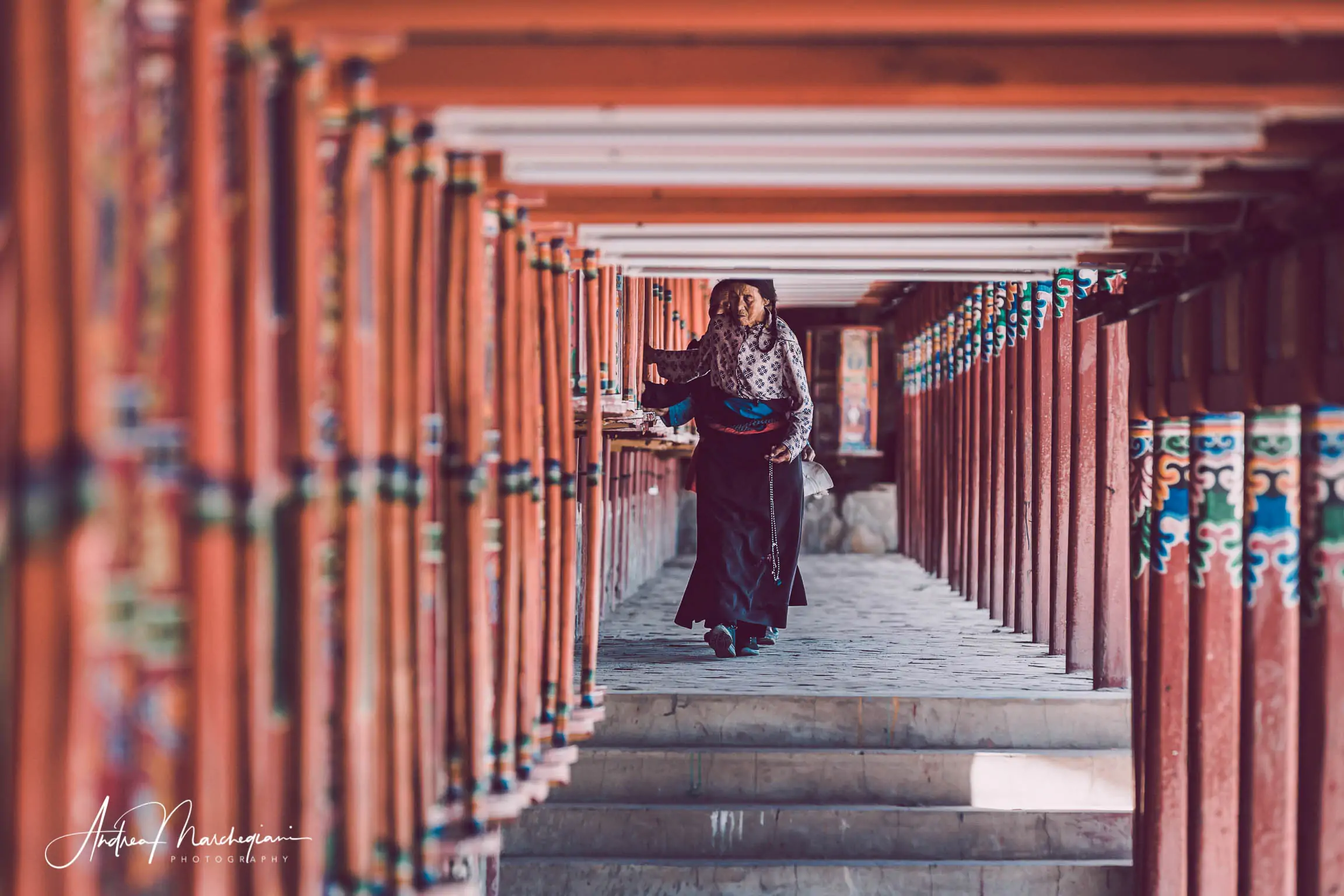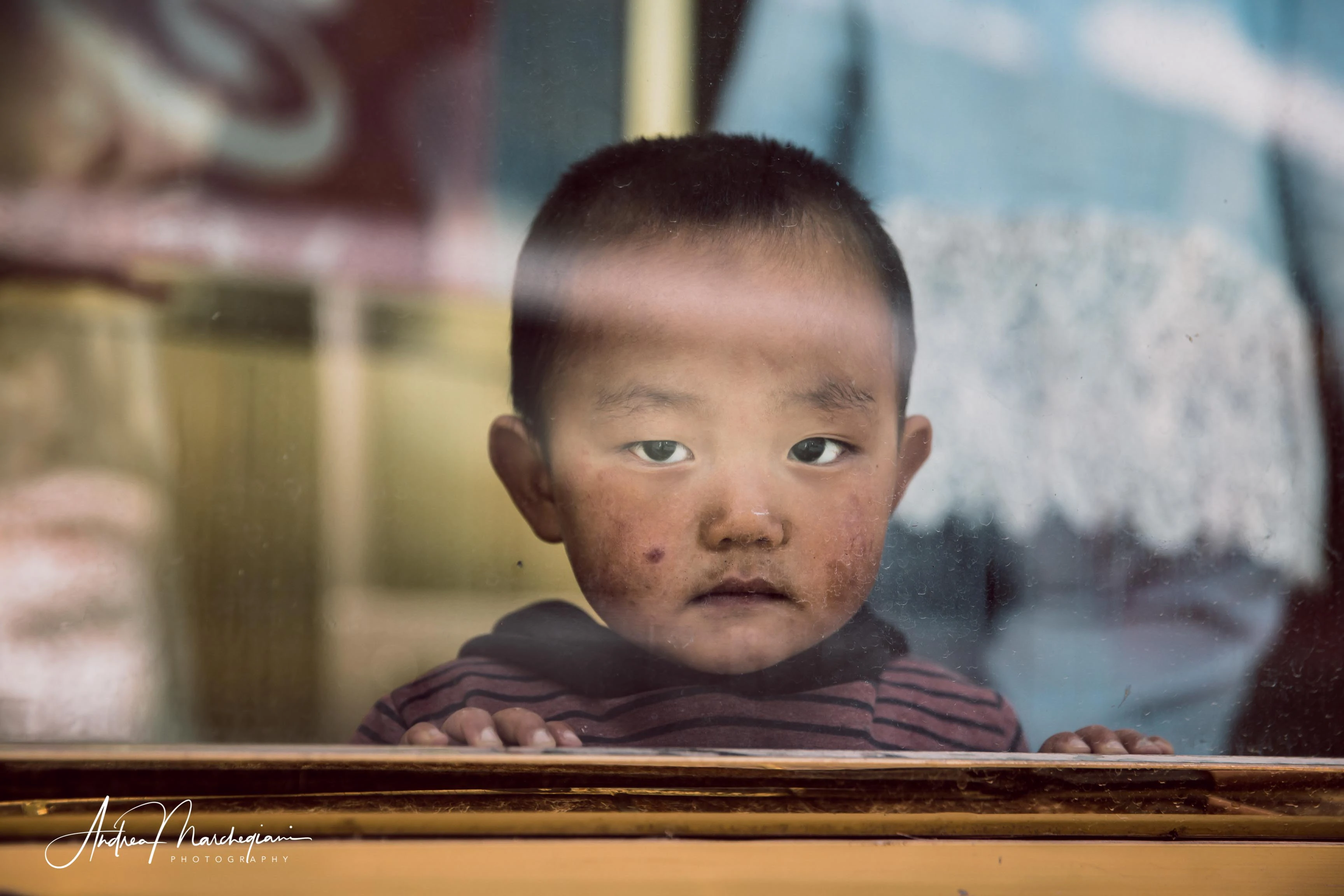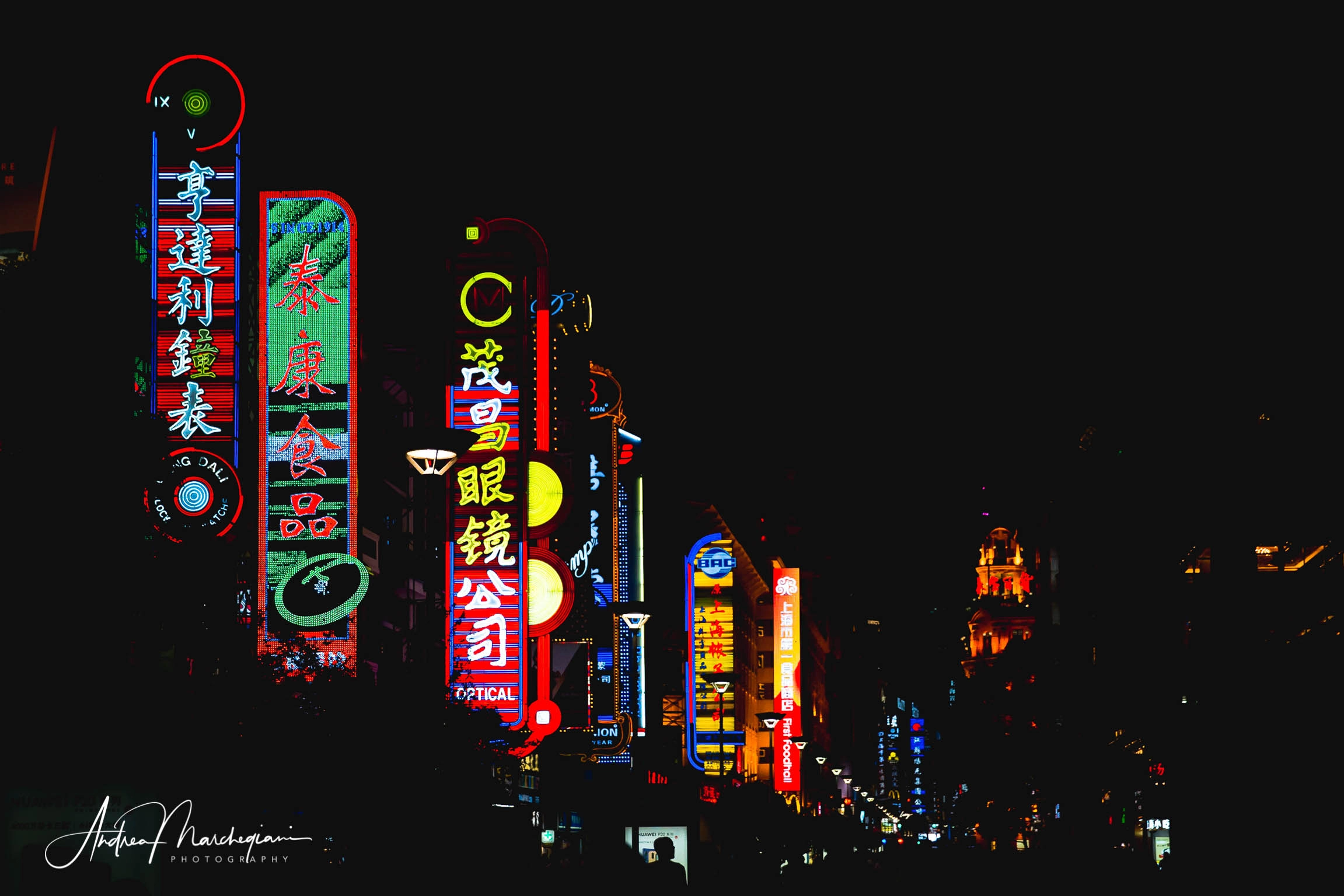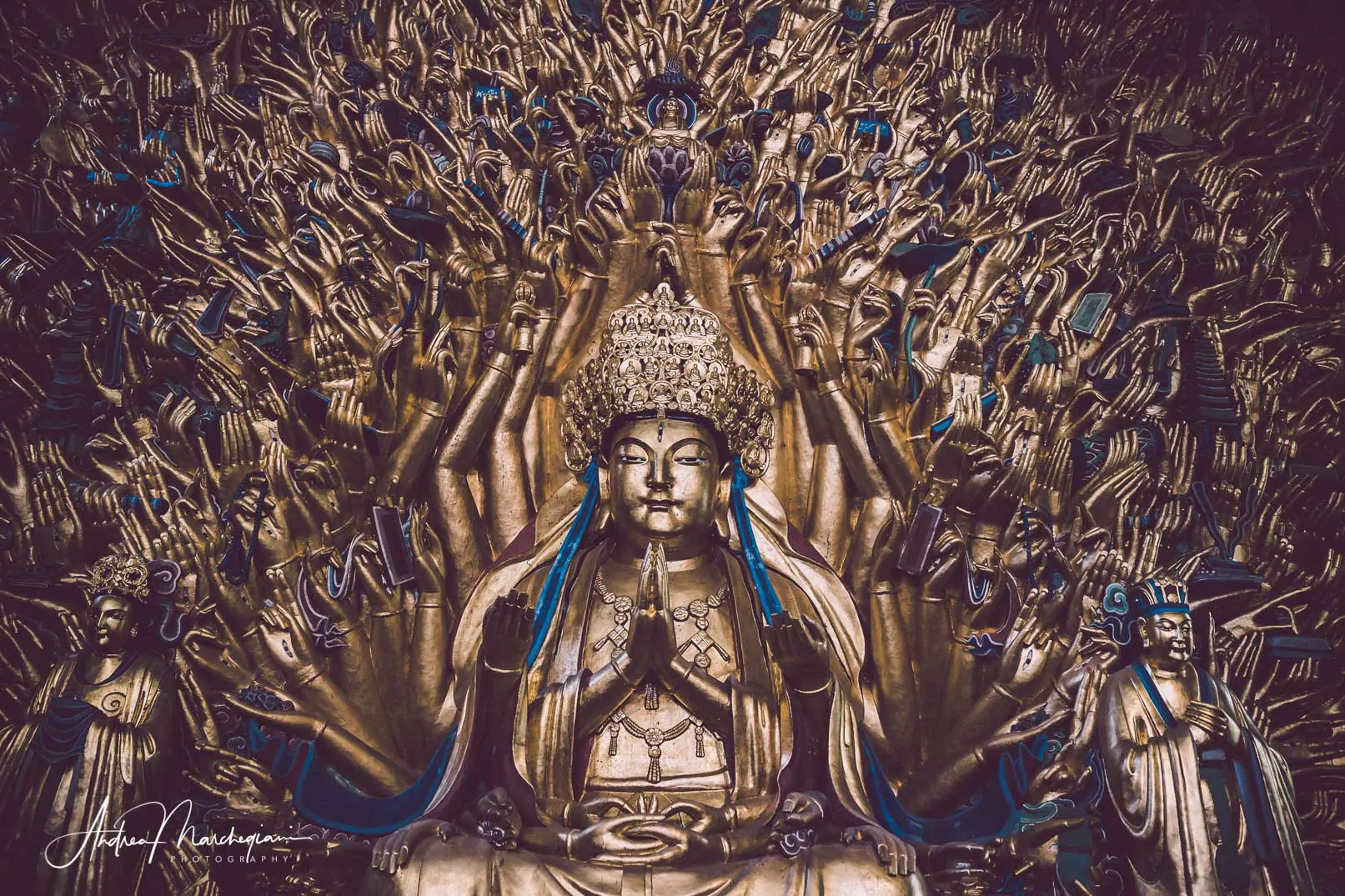
- Home
- Photo Galleries
- Portrait Photography
- Landscape Photography
- Street Photography
- China
- Ethiopia
- India
- Holy Ganges
- Varanasi
- Varanasi Ganga Aarti
- Varanasi, Manikarnika Ghat
- Varanasi Streets & Alleys
- Varanasi Demolition
- Varanasi Fruit Market
- Sarnath
- Brick Kilns
- Tamil Nadu, Chennai & Mamallapuram
- Tamil Nadu, Fort Tirumayam & Madurai
- Tamil Nadu, Tiruvannamalai & Thanjavur
- Kerala, Munnar
- Kerala, Peryiar
- Kerala, Backwaters
- Kerala, Kochi
- Kazakhstan
- Myanmar
- Senegal
- Uzbekistan
- Travel Blog
- China
- Ethiopia
- India
- Tamil Nadu & Kerala
- Varanasi
- Whato to do in Varanasi
- Varanasi Life along the Ghats
- Varanasi Death along the Ghats
- Varanasi Ganga Aarti Ceremony
- Varanasi demolished to honor Shiva
- Varanasi Fruit Market
- “Varanasi, A Journey into the Infinite”
- Sarnath
- All about River Ganges
- Holy Shit. All about Indian Cow Dung
- Clean India Project
- Brick factories
- Tilaka, pundra, bindi: what is the mark on Indian foreheads?
- Kazakhstan
- Mongolia
- Ulaanbaatar, the coldest capital in the world
- What to do in Ulaanbaatar
- Chinggis Khan Museum, 6 floors of Mongolian history
- Gorkhi-Terelj National Park and Bodgkhan Natural Reserve
- Altai Mountains, Things to do in Olgii and Sagsai
- Living with the Eagle Hunters
- Sagsai Eagle Festival
- Navrus Festival
- Xöömej, Mongolian throat singing
- Mongolian Food
- Myanmar
- Senegal
- Uzbekistan
- Latest Posts
- Photography Blog
- About
- Prints
Share with your friends:
A cruise on the Yangtze river
We leave the magnificent city of Shanghai and Tongli‘s melancholy charm and embark on “Goddess 2” cruise ship, which will ferry us along a stretch of the Yangtze River (from Yichang to Chongqing).
If I had not boarded this Chinese tourist ship (refusing to book an American cruise ship), I would have never fully understood Chinese will to power (nor would I understand how to open a breach in their armored heart and let them enter mine).
The largest dam in the world
Our stay on board includes several excursions along the banks of Yangtze river but it all revolves around a single pivot: the Three Gorges Dam. Everything around us – the mountains and the picturesque gorges, the aquatic fauna, the archaeological sites, the villages and the local populations – everything has been turned upside down by the construction of the dam.
And it couldn’t have been otherwise.
The data speak for themselves: the dam is 2,309 meters wide, which makes it not only the largest dam in the world but also the most powerful hydroelectric power plant, capable of meeting 3% of the country’s energy needs. Its basin is more than 600 km long, more than 1,000 km² and contains an average of 22 billion cubic metres of water.
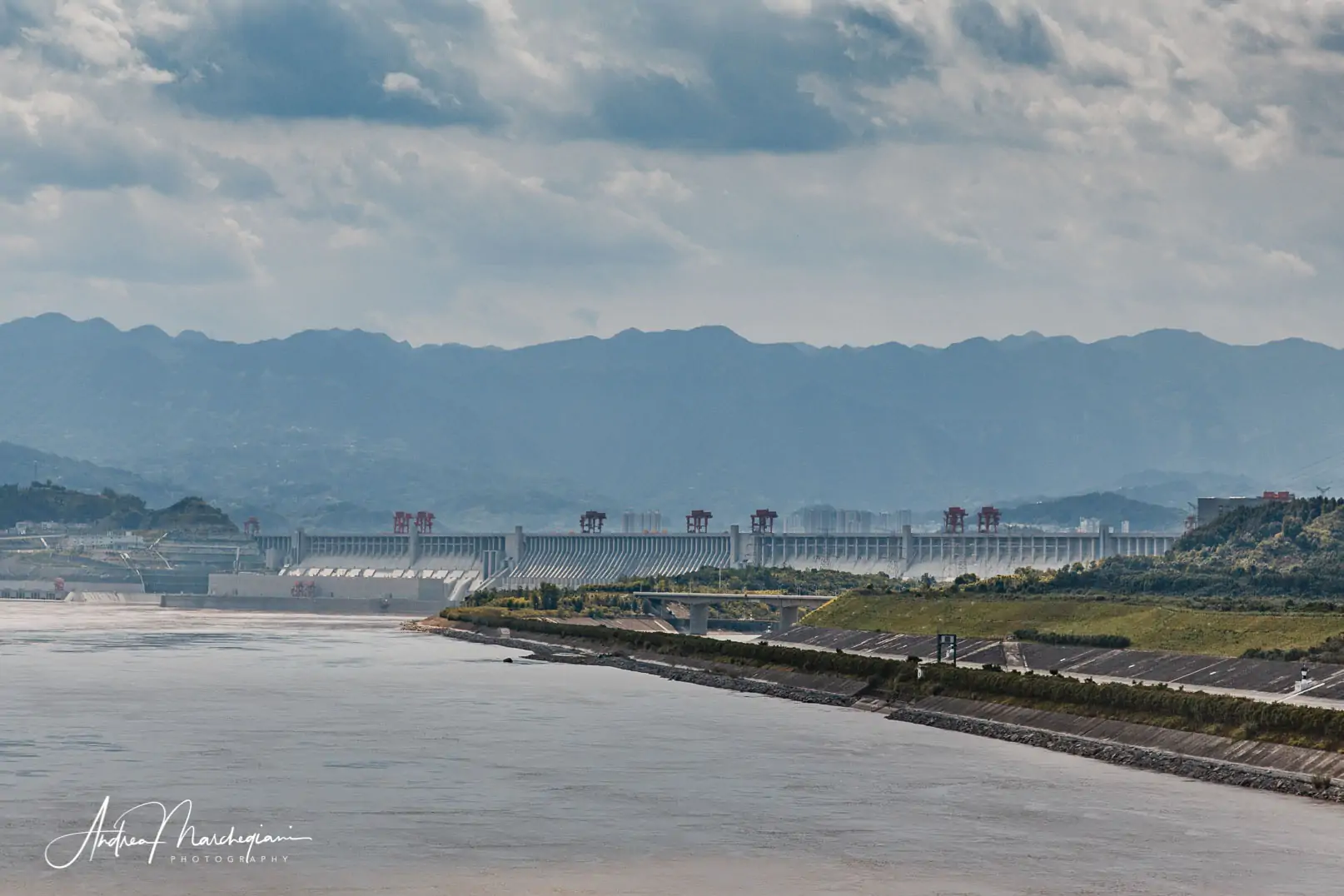
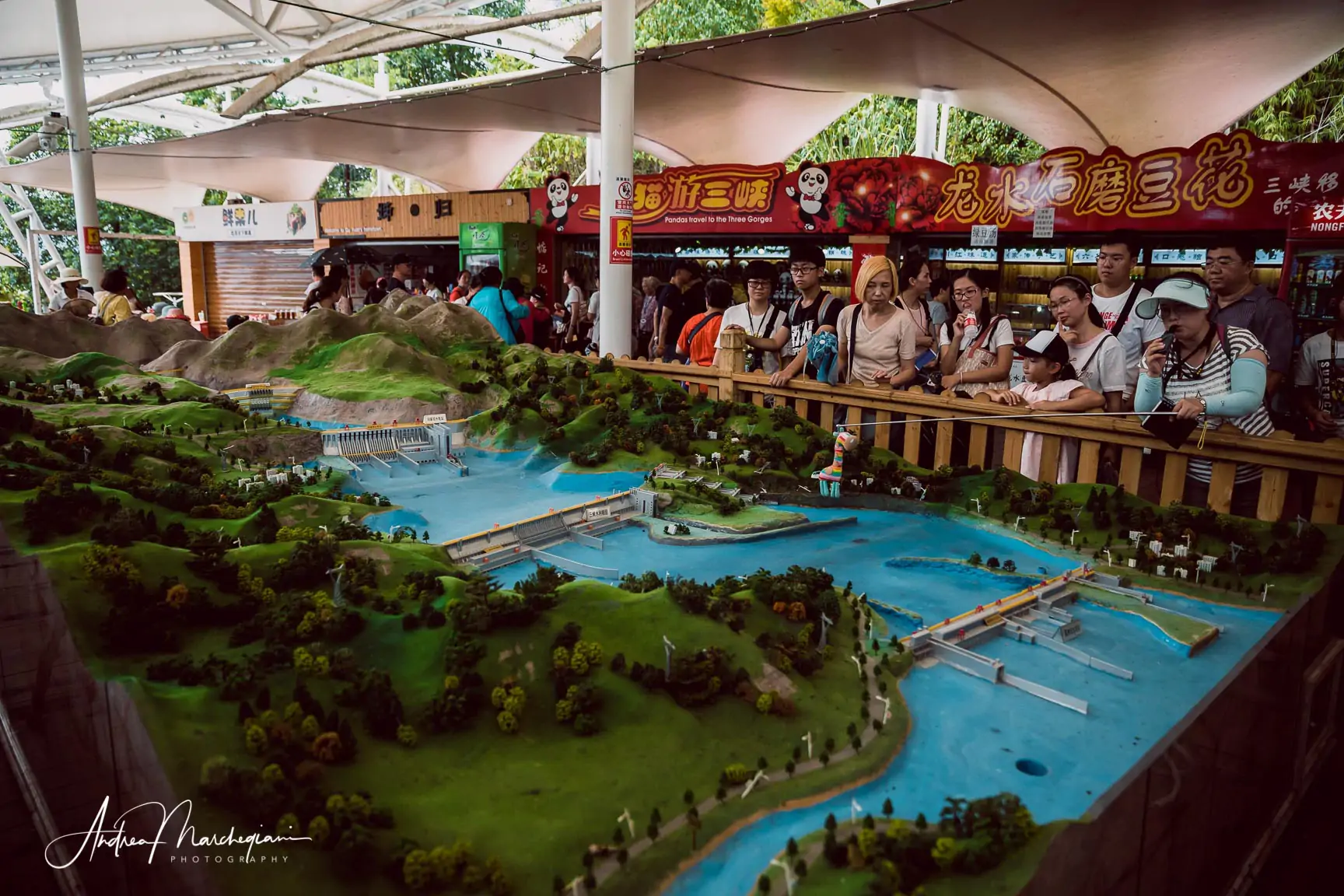
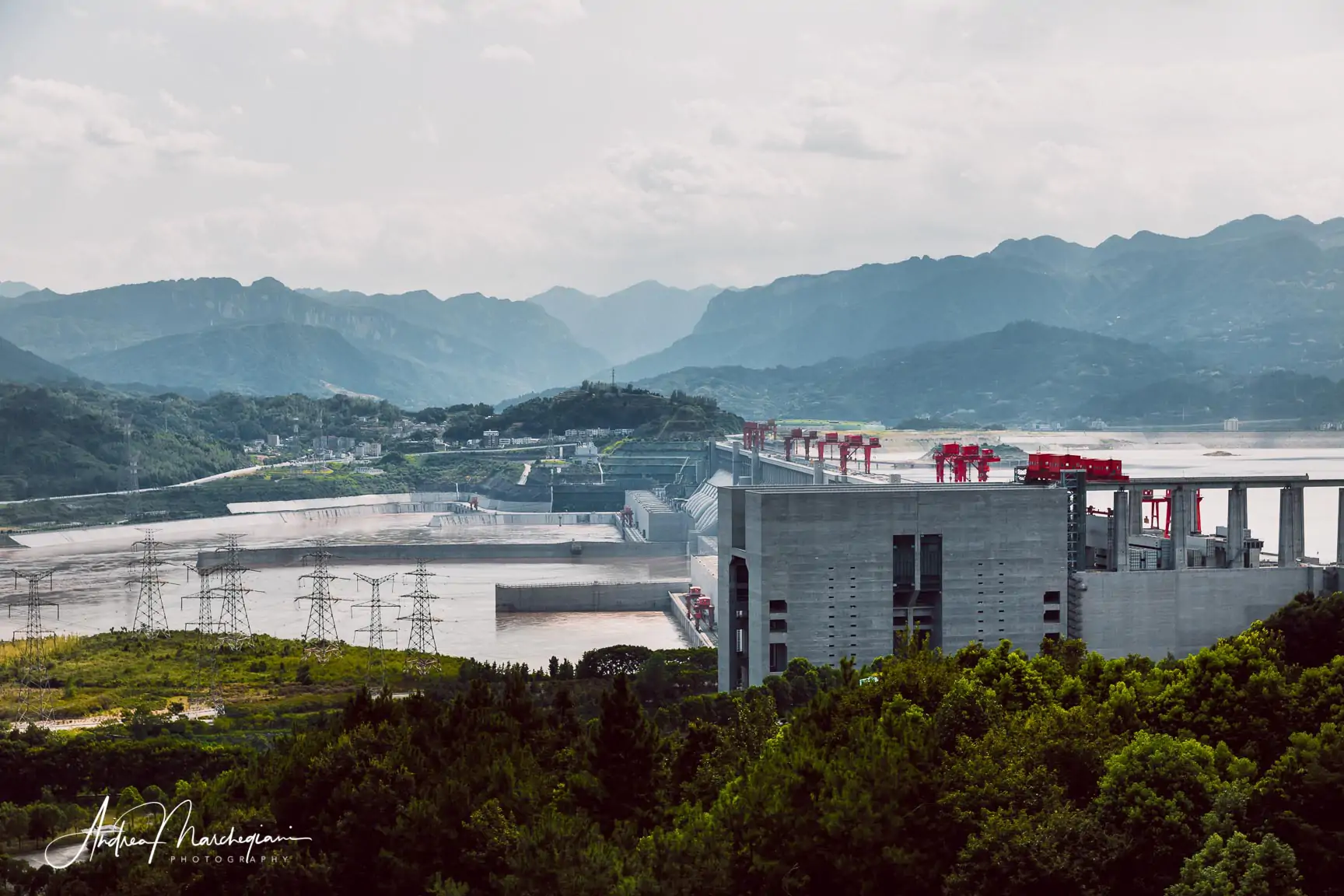
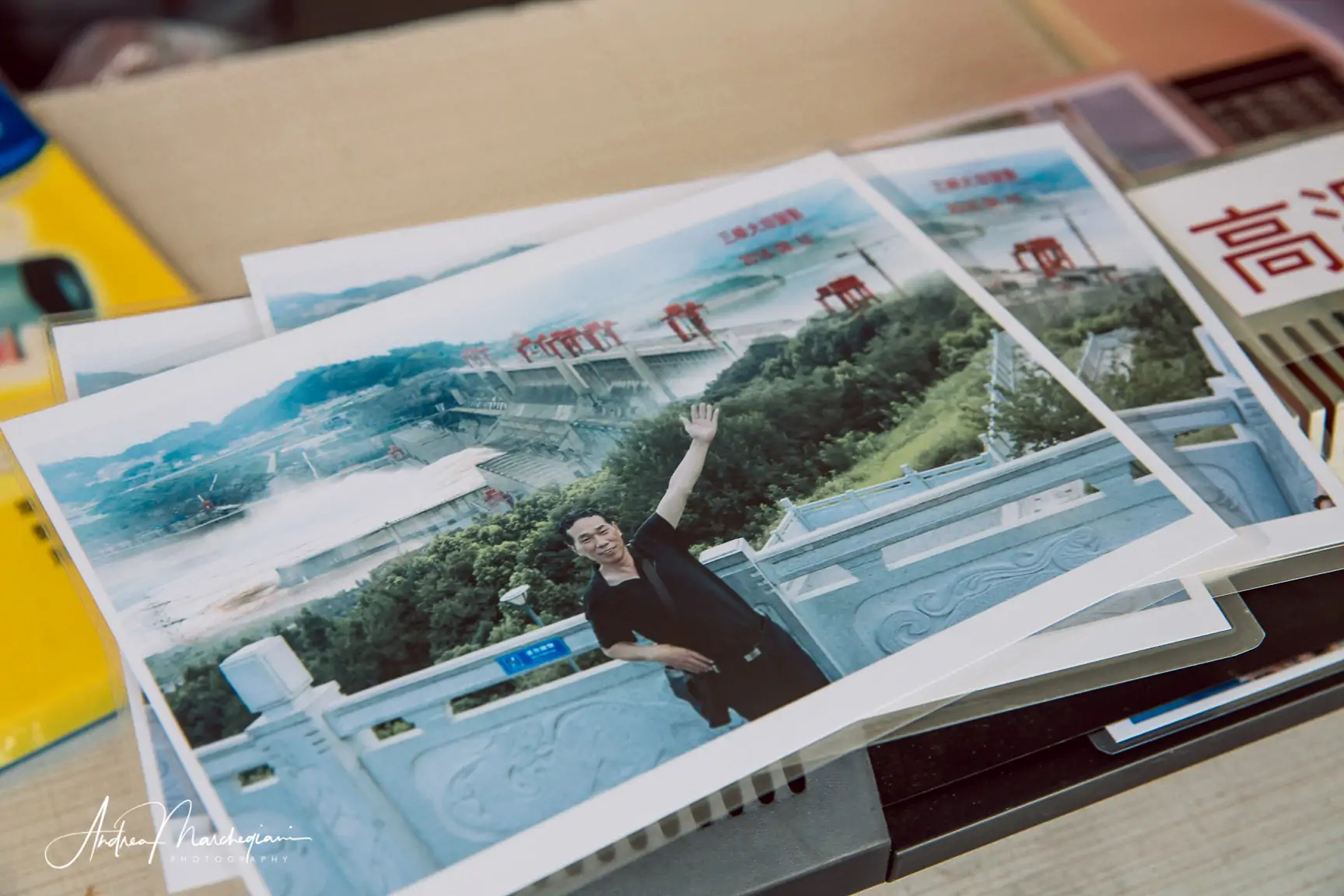
A dam capable of slowing the earth’s rotation
It is such a mass accumulation it has produced a slowing of the Earth’s rotation. According to NASA, the Three Gorges Dam has lengthened our days by 0.06 microseconds. Nothing too considerable, but it remains a surprising fact.
The government began work in 1994 with a forecast of expenditure that increased, as it often happens, in the implementation phase. The last turbines were completed in 2012, while in 2015 the largest ship lift in the world was put into operation. This allows ships to go up the river without having to circumnavigate the dam, saving about 2 hours and producing good benefits for local trade.
The dam has also become a tourist attraction and hosts about 1.8 million tourists a year. The waters of the 3 gorges, with their evocative views, now offer safe navigation (in the past there were frequent floods and landslides) and have become one of the major natural attractions of central China.
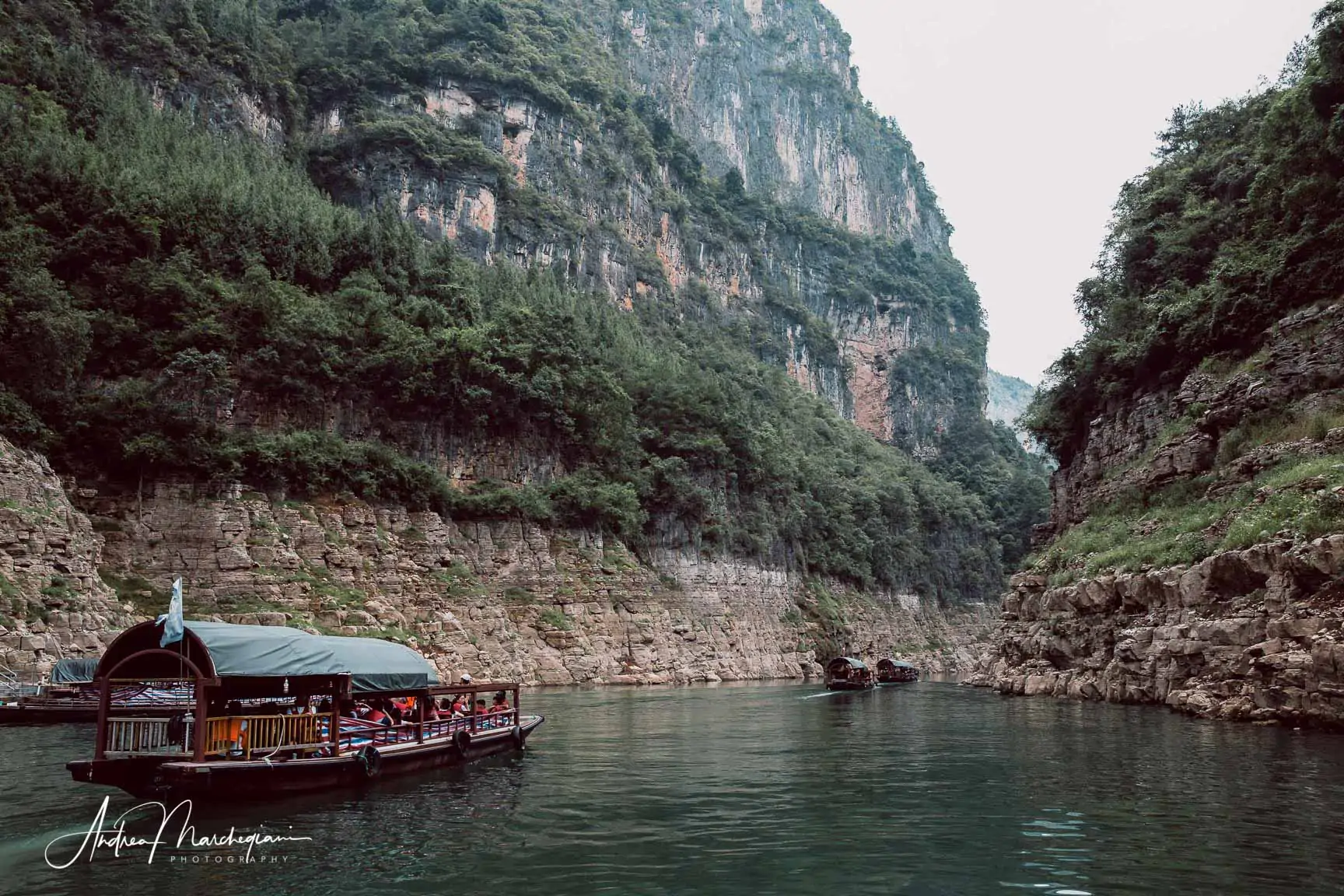
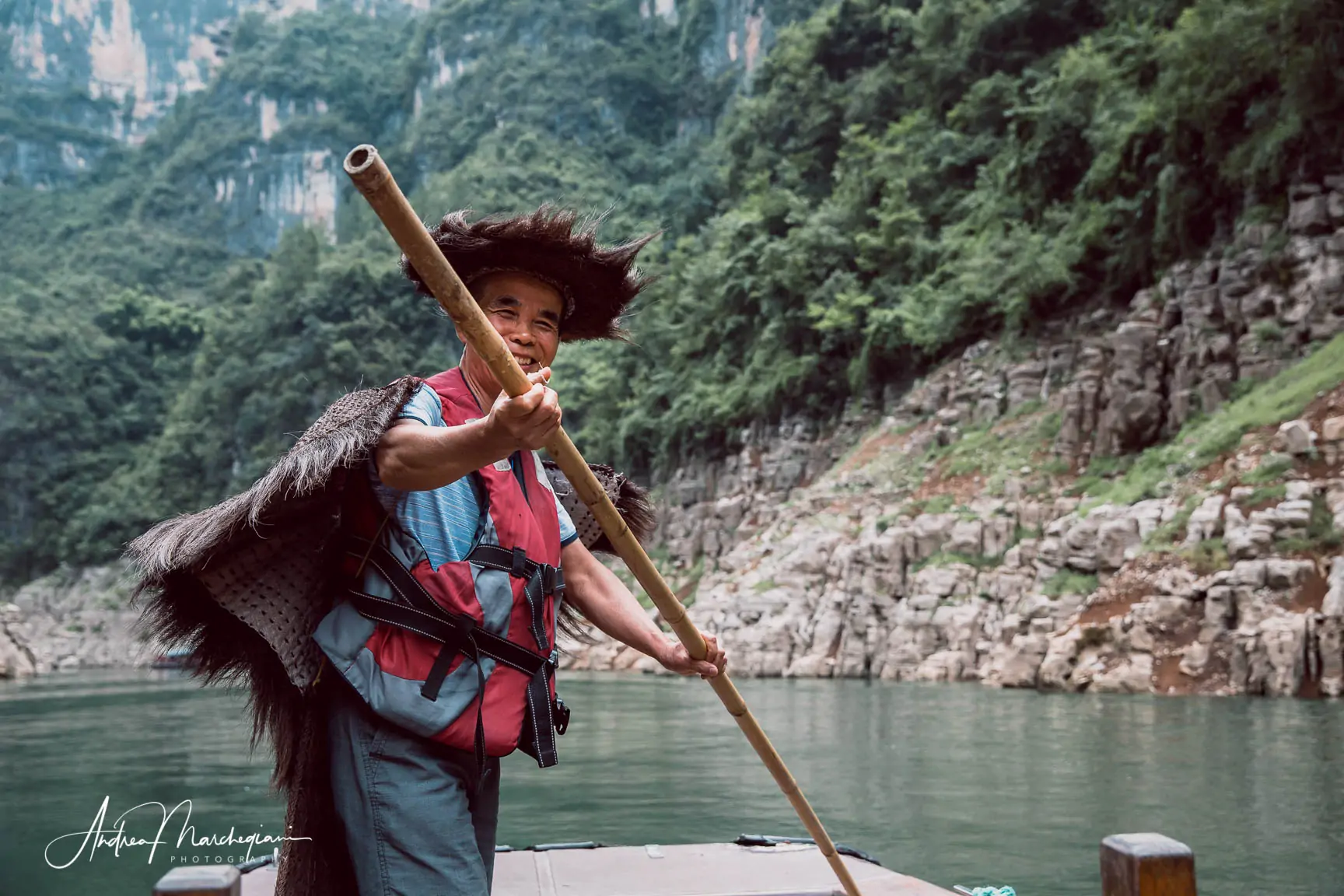
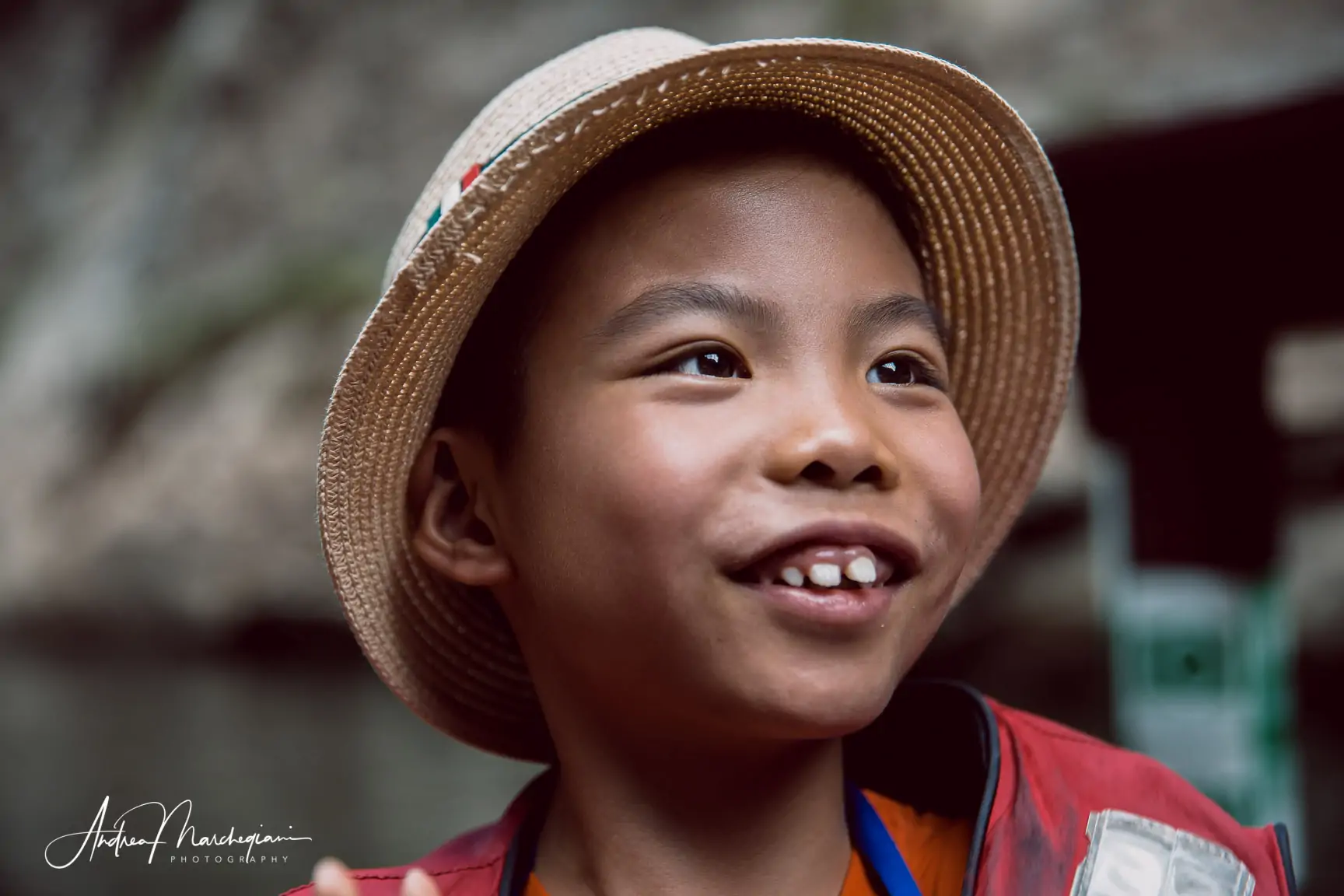
The human and environmental costs of the work
Before the excursion, in the conference room of Goddess 2 cruise ship, guests are shown a documentary illustrating all the positive aspects of this great engineering work. The government has something to boast about and the citizens, who listen with admiration, have something to be proud of.
The documentary does not mention the criticalities of the work but it is known that, for the creation of the basin, more than 1,300 archaeological sites, 75 towns and 1,500 villages were submerged.
About 1.5 million people who once lived along the river have been relocated elsewhere and another four millions are still being relocated. What will happen to the culture and customs of these fishing peoples? They have lived isolated for centuries, some literally holed up in still unexplored caves. Will they adapt to the modern life in Chinese big cities, with their bright skylines and polluted air? The lucky ones remained close to the banks of the river and were employed in the tourism sector.
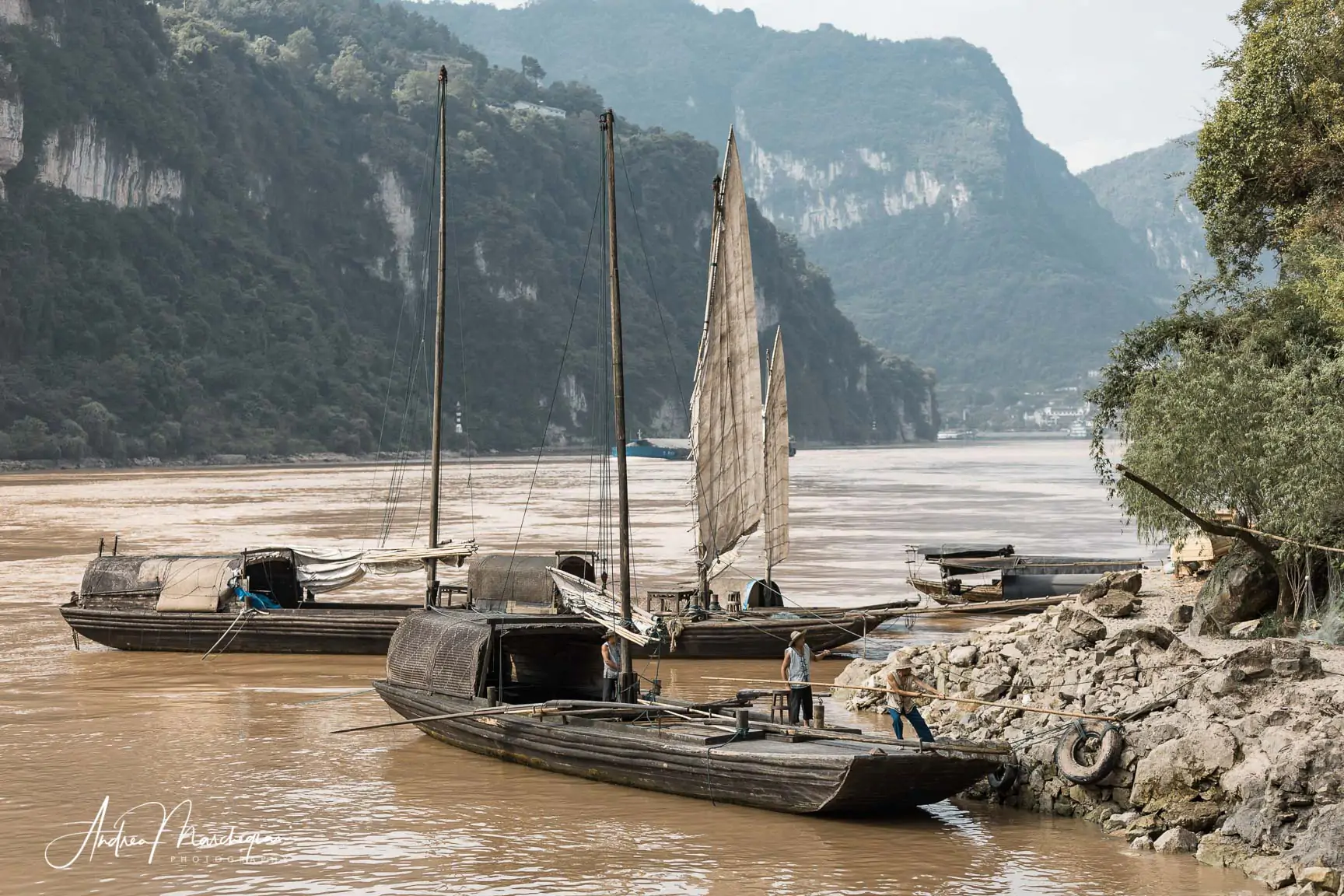
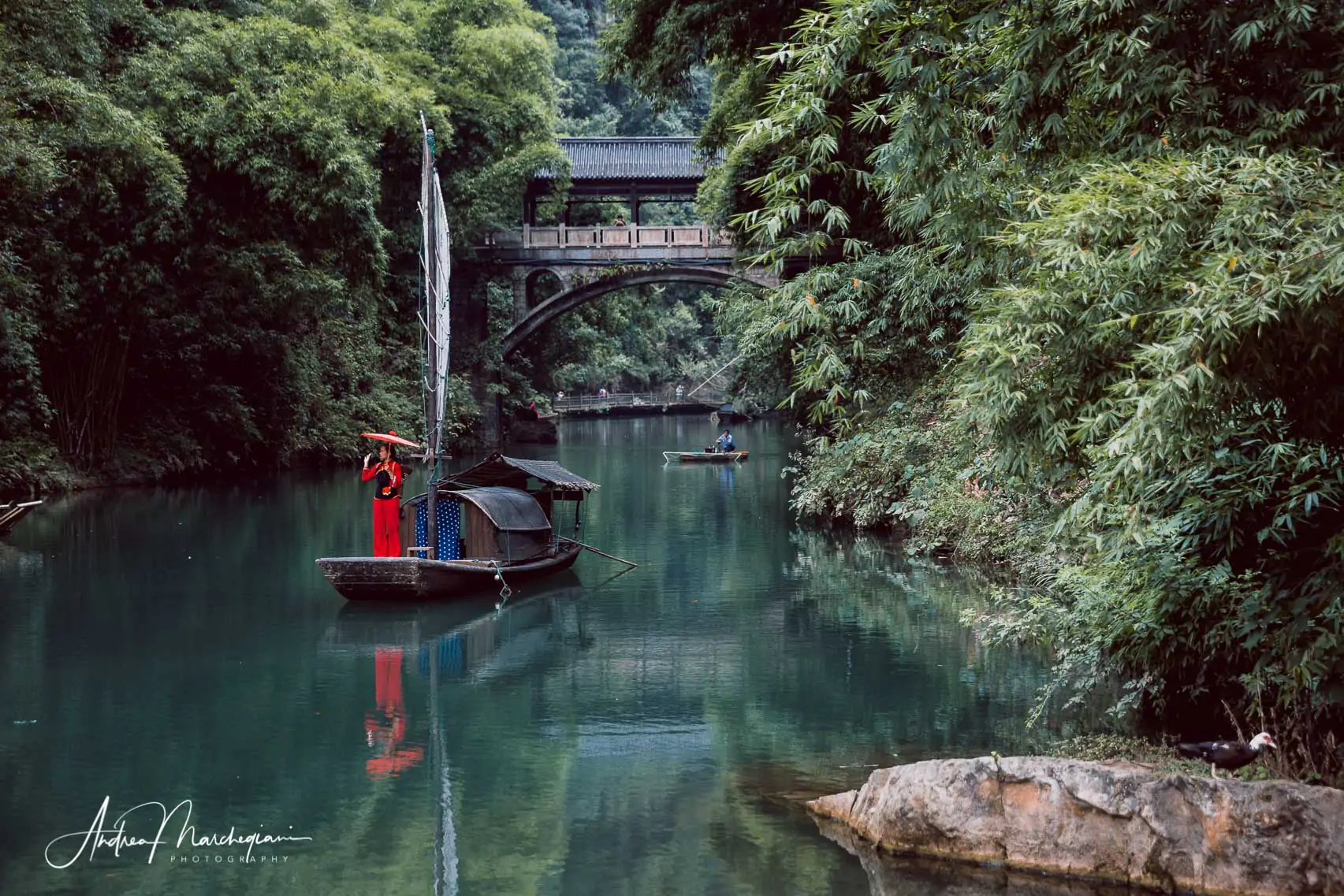
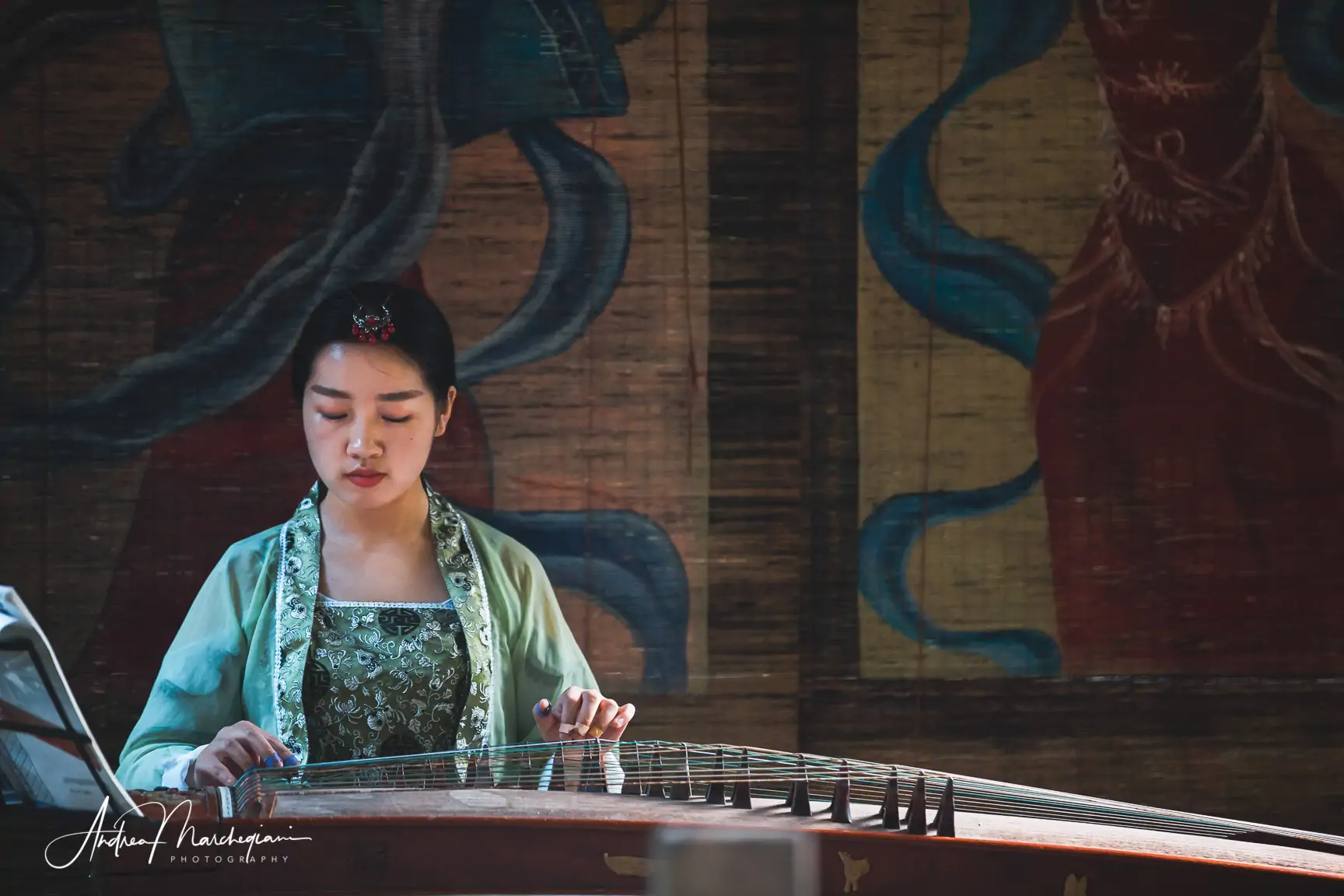
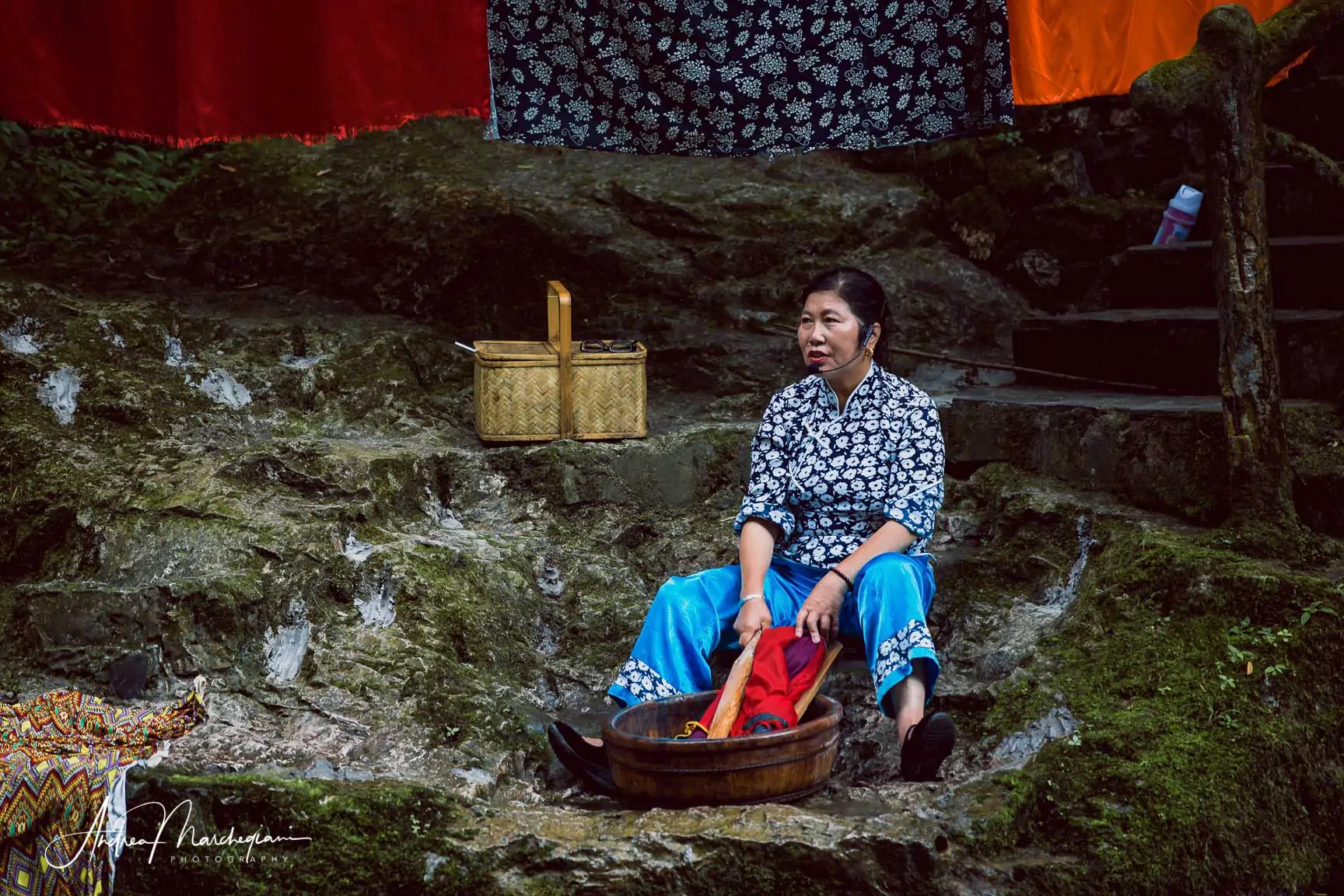
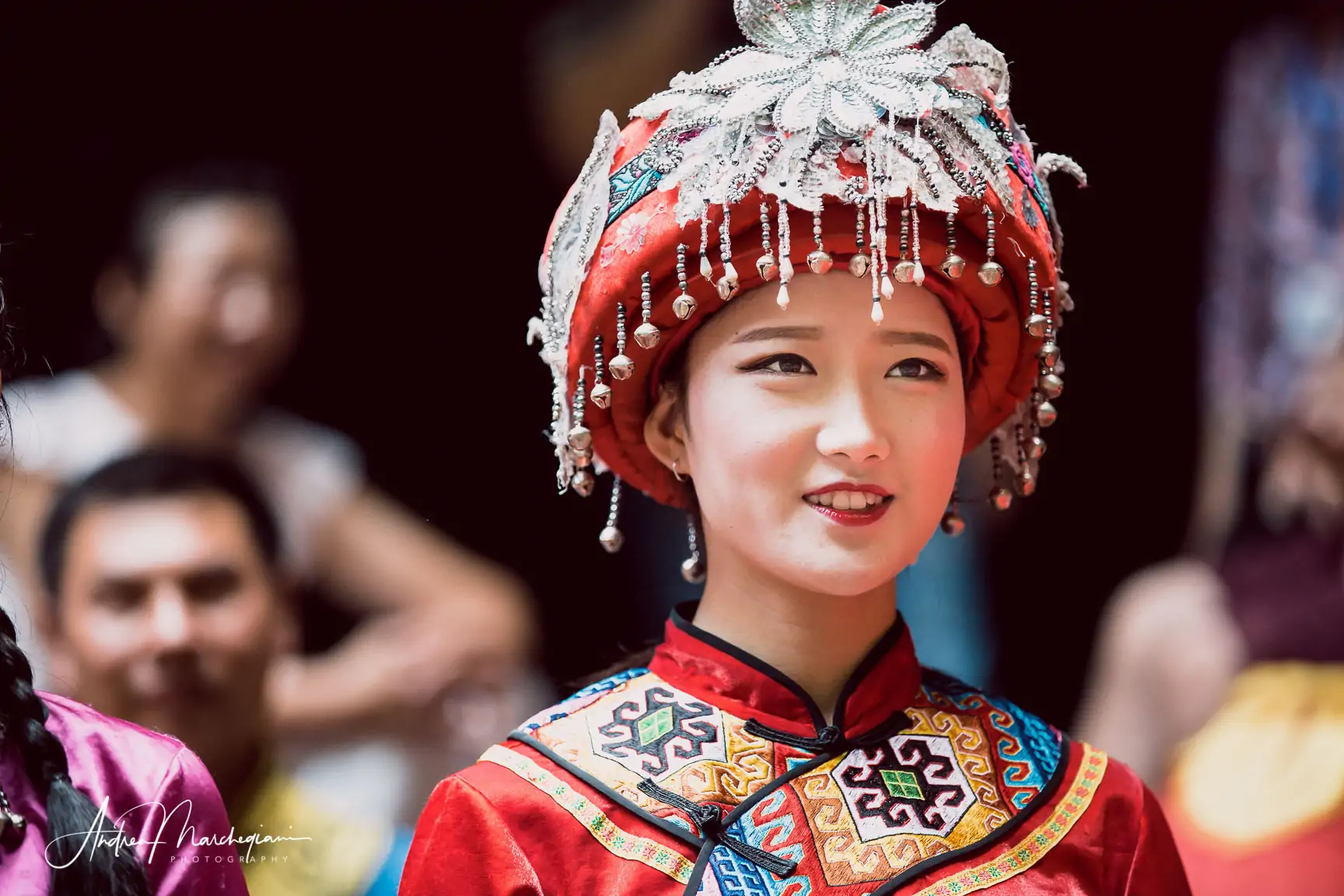
Three Gorges Tribes
The most popular excursion from the cruise ship is the one to the 3 Gorges Tribes, which allows tourists to know the customs of these indigenous peoples.
“I’m from the Tujia tribe,” one of the young guides confides. “Our village is now flooded but the government has rebuilt the copy you are visiting“.
I walk along the marked path, together with a crowd of curious people. Below, the river flows slowly and offers me a ready-made show. Some fishermen dock their sailing ships at the cliff, mimicking the same gesture endlessly; a girl protects herself from the sun behind a paper umbrella and greets us with her hand, without emotion. Later, a piper plays a melody and a young woman pinches a harp; a woman washes the clothes, singing. A wireless microphone comes out of her ear.
At the end of the route, we gather in a small open-air theatre and watch a comedy show about the customs of the village. I can’t figure out a word, but people seem to be amused. A boy picks the flower from a young woman’s basket, committing to marry her. After the ceremony they spend a night of love and the next day a newborn baby occupies the basket where the maiden the girl once collected flowers. Some of the actresses in the show catch my attention because they don’t hide their boredom.
I approach the guide again. “Are you happy to work here?” I ask. “Yes. We used to live in absolute poverty. We had no food and we got sick. Now the tribe lives in the city, we no longer fish but we all work”. I wonder if I’d be willing to play a life I lost just to make ends meet. But I’ve always had everything I needed and perhaps I’m missing the point.

